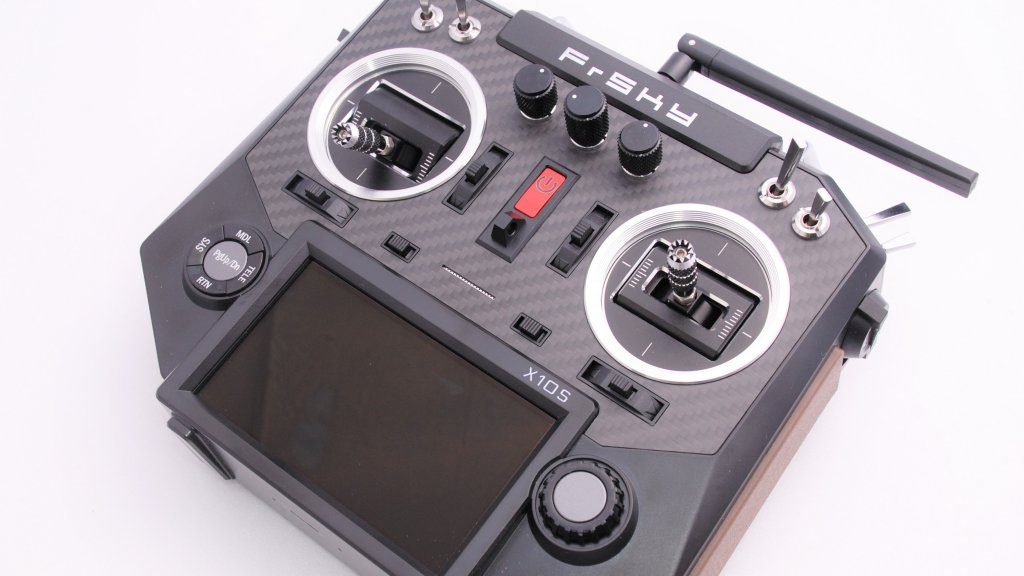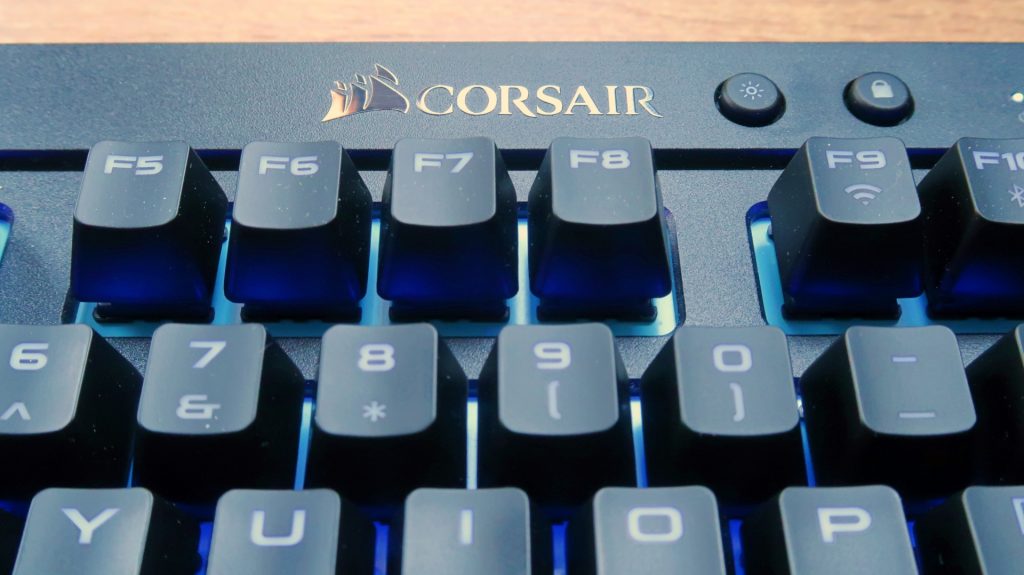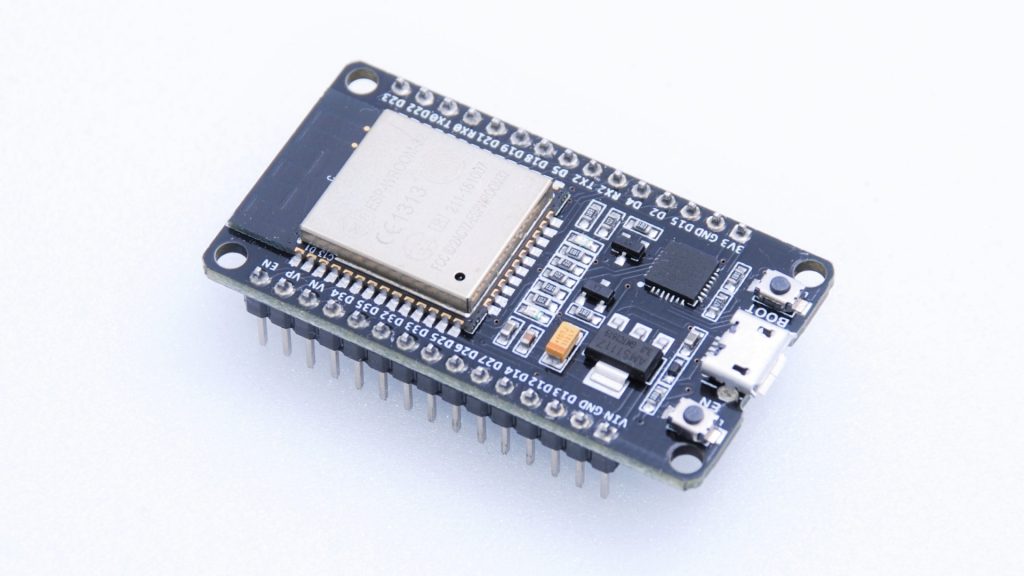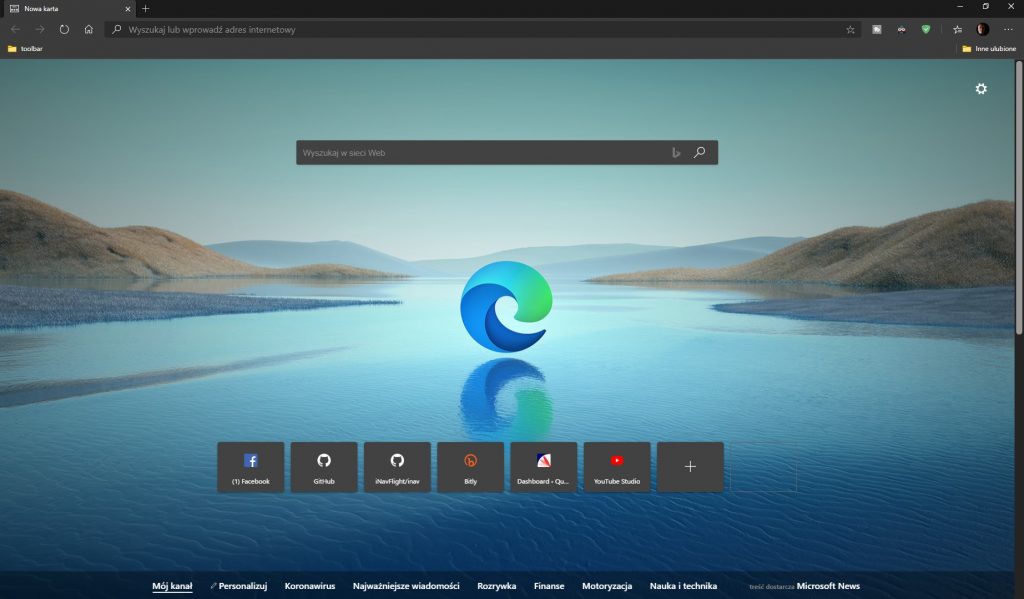-
Betaflight 4.2 Gyro, Looptime and Gyro Stage 2 Lowpass Filter
Betaflight 4.2 brings some very important changes to how various tasks are processed. Especially how gyro,m filtering and PID loop are working together.
First of all, the gyro is sampled always at the gyro native speed. This means, MPU6000 will be sampled at 8kHz. Always. At the same time, PID and filtering are working as a separate task at 8kHz, 4kHz, 2kHz and so on. Depending on user configuration and MCU processing speed.
-
Betaflight 4.2 - new features and most important changes
It's been a while since we had the last release of Betalight. After all, Betaflight 4.1 was released in October 2019. Half a year ago. Luckily, developers were not hibernating over the winter, and brand new, 4.2, release is scheduled for May 2020. Slightly more than 2 weeks from now.
Below is the list of the most important (from my perspective) functional changes.
The most important changes:
- By default, Betaflight 4.2 sets DISABLED ESC protocol and it is up to the user to set correct protocol supported by ESCs
- Virtual Current Meter uses now throttle setpoint, not RC command. Now it will work correctly with throttle limiting, throttle boost and so on. It should give more reliable current estimation now
- Support for FrSky Graphical OSD aka Pixel OSD
- By default, stick arming is disabled in Betaflight 4.2. It can be changed with
enable_stick_armingCLI command - Improved STM32H7 support
- Added the STM32G4 support. We can expect boards based on STAM32G4 to appear in the future
- Dynamic Notch Filter improvements - it is now faster and more reliable
- NFE Race Mode implementation known from Silverware
- Yaw Spin Recovery auto mode
- Scheduler improvements - gyro processing works always with full gyro sampling rate while filtering is run together with the main PID loop. It results is a more reliable scheduling and less jitter
- Quick Rates System - max rotation rate is set in degrees per second and curve is set with the expo. This is very similar to rates used by INAV
- For Crossfire CRSF it is now possible to display SNR in dB instead of RSSI dBm in OSD
Other change:
- D_min and FF improvements
- disarm reason is now logged in the Blackbox log
- ICM42605 gyro and accelerometer sensor support
- Dynamic LPF curves are now configurable
- RC channels preview was added to the OSD
- CLI
namecommand removed - OSD distance from home alarm
- CMS VTX management improvements
- More GPS options are now settable from Betaflight Configurator
- SOFTSPI feature removed
- support for Redpine protocol for CC2500 RF chipsets
- serial passthrough via MSP
-
The best RC radio transmitters for Q2 2020
The last year was a good year in terms of new radio transmitters. It's no longer a choice between FlySky and FrSky. We have new players and new products. Below is my, very subjective, overview of the most interesting radios on the market.
Still the best - FrSky X10S Horus
In my very personal opinion, FrSky X10S Horus is the best option out there. Some might argue that the shape is not the best, or gimbals are not in the "perfect" place. Perhaps. On the other hand, I do not find those things an issue and I use my X10S for 2 years now. Amazing gimbals, good layout, great LCD and ergonomics. If I would have to find a real-life problem with the Horus, it would be a small battery. You really have to charge it after every trip to the airfield. Besides that, perfect! Read more...
-
Corsair K63 Wireless Mechanical Keyboard Review
I spend up to 12 hours daily in front of a personal computer. I am a professional software developer, open-source developer, YouTube creator and I run a couple of smaller websites, including this one. I write. A lot. I am also a happy owner of Logitech G915 Mechanical Keyboard. It's great but it's also big and expensive.
-
ESP8266, ESP32 and ESP32-S2 comparison
Currently, there are 2 types of MCU from Espressif on the market: ESP8266 from 2014, ESP32 from 2016 and ESP32-S2 that debuted in the second half of 2019. Although ESP32-S2 is not yet very popular, it is expected it will replace ESP8266 as a cheaper, more powerful and more secure alternative in the upcoming years.
The table below compares the main features of ESP8266, ESP32 and ESP32-S2
Read more...ESP8266 ESP32 ESP32-S2 MCU Xtensa L106 Xtensa LX6 Xtensa LX7 Number of cores 1 2 1 Number of bits 32 32 32 Clock frequency 80MHz 160MHz 240MHz Coprocessor No Yes Yes (RISC-V) WiFi 802.11 b/g/n 802.11 b/g/n 802.11 b/g/n Bluetooth No BT 4.2 BR/EDR & BLE No RAM 160kB 520kB 320KB Internal flash No ESP32‑D2WD Only - 2MB No External SPIFlash Up to 16MB Up to 16MB Up to 1GB GPIO 17 36 43 SPI 2 4 4 I2C 1 (software) 2 2 I2S 2 2 1 UART 2 3 2 ADC 1 18 20 ADC resolution 10-bit 12-bit 12-bit DAC No 2 2 DAC resolution - 8-bit 8-bit Software PWM 8 16 8 SDMMC interface No Yes No Temperature sensor No Yes Yes Touch sensors No Yes Yes CAN No 1 No Ethernet MAC No 1 No -
All the INAV sensors: are they required or optional?
INAV can use various sensors to fly drones and airplanes: gyroscopes, accelerometer, magnetometers, barometers, GPS, OpFlow, rangefinders, and airspeed. Some of them required some are recommended and some are a purely optional piece of hardware.
Here is the full list:
INAV Sensors:
Gyroscope and accelerometer
Required. The flight controller will not boot without a gyroscope and accelerometer. They are usually 2-in-1 devices (MPU6000, MPU6500, etc) that contain gyroscope and accelerometer in one package. Read more...
-
Espressif ESP32-S2
When Espressif release ESP32 WiFi & Bluetooth capable MCUs back in 2016, many things changed in the DIY and tinkerers community. We finally had a cheap MCU that could do real IoT stuff and was easy to use. However, the cheap ESP32 is not really cheap in relative terms. Sure, it is cheap, but there are cheaper solutions. ESP8266 for example.
Yes, the old ESP8266 that lacks any built-in security and which power consumption is not that low even in a deep sleep mode. It was expected that Espressif would, sooner or later, offer an improved replacement for ESP8266. Cheaper than ESP32, but with features that ESP8266 lacked. Read more...
-
ESP8266 and ESP32 - the main differences
ESP8266 and ESP32 are the next best thing that happened to DIY world since Arduino itself. Thanks to development boards based on those MCUs brand new possibilities opened in front of all DIY and tinkering enthusiasts. With those two, not only we have cheap and powerful microcontrollers, but we can also make them talk to other devices via WiFi and Bluetooth.
-
Mozilla Firefox is in serious trouble
Believe it or not, but Mozilla Firefox (back in the days when it was still called Mozilla Firebird) was the first modern web browser. Even in early beta stages, it was so much better than Internet Explorer, that almost anybody who tried it, dropped IE and just used Firefox instead.
Of course, over the year, the saying "the best is the enemy of the good" was once again proven to be true. No matter how to look at it, WebKit is a better web engine, Chromium is a better browser foundation and Chrome is just a better browser than Firefox. It's lighter, faster, better supported, more extensions and backed up by the biggest tech company out there: The Google itself. Read more...
-
The new Microsoft Edge is much better that I expected
I'm not shy to switch to a new web browser every few months when needed. I was one of the first users or Firefox when it was still named Firebird (yes, I'm that old). I abandoned Internet explorer without looking back. After all, it was such a bad browser.

I'm Paweł Spychalski and I do things. Mainly software development, FPV drones and amateur cinematography. Here are my YouTube channels:






